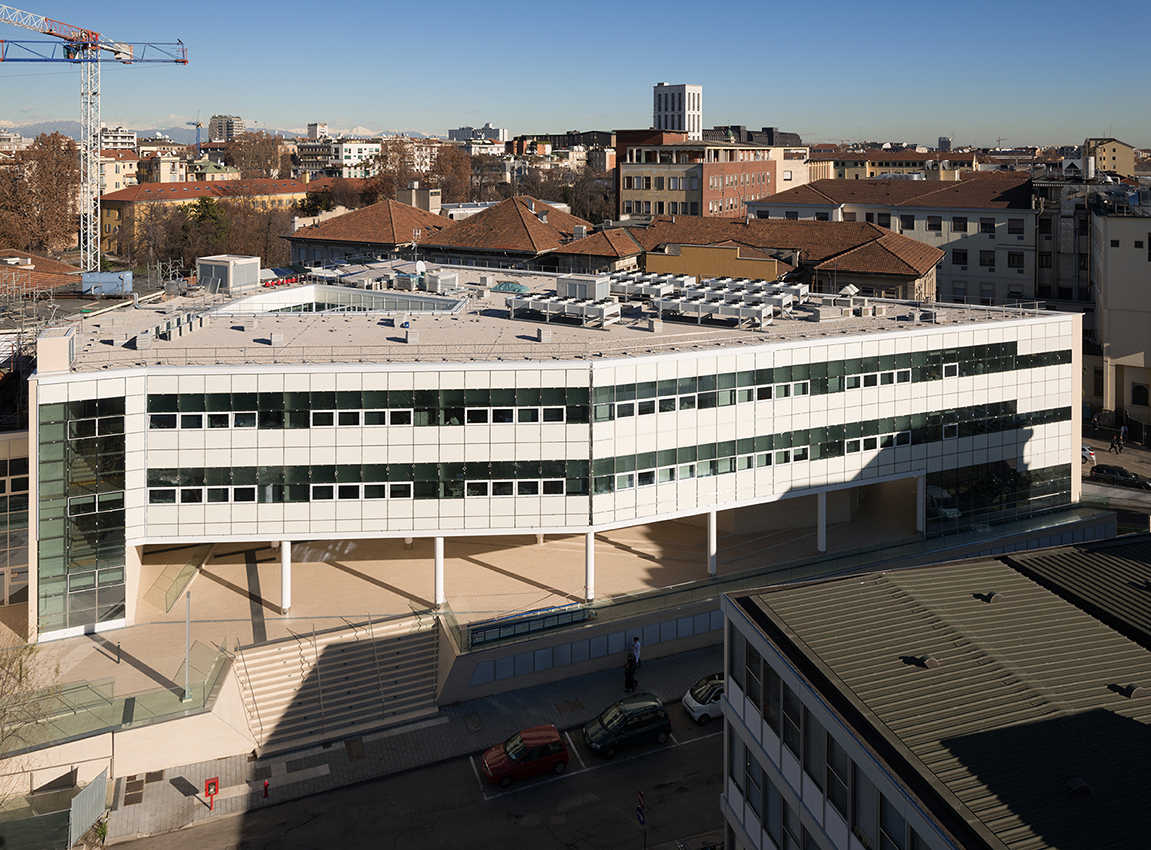|
Giovanni Antonio Amadeo
260px, Amadeo, Milan Cathedral 260px, The Colleoni Chapel in Bergamo. Giovanni Antonio Amadeo (c. 1447 – 27 or 28 August 1522) was an Italian Renaissance sculptor of the Early Renaissance, architect, and engineer. Biography Amadeo was born in Pavia. In 1470 he was commissioned by Bartolomeo Colleoni to complete his funerary chapel, the Cappella Colleoni in Bergamo, which had been begun by Guiniforte and Francesco Solari. Amadeo added polychrome decoration and many sculptures in the ancient style including medallions, small columns, busts, reliefs of "Histories from the Old Testament" and "Histories of Hercules". Amadeo also designed the funerary monument to Medea Colleoni, which was intended for the church of Santa Maria della Basella in Urgnano. The condottiero's tomb was realized in collaboration with other artists, with Amadeo providing the reliefs of the lower sarcophagus and of the smaller upper sarcophagus, as well seven statues of the Virtues. Amadeo was also commiss ... [...More Info...] [...Related Items...] OR: [Wikipedia] [Google] [Baidu] |
Milano Domo Antonio Amadeo
Milan ( , , Lombard: ; it, Milano ) is a city in northern Italy, capital of Lombardy, and the second-most populous city proper in Italy after Rome. The city proper has a population of about 1.4 million, while its metropolitan city has 3.26 million inhabitants. Its continuously built-up urban area (whose outer suburbs extend well beyond the boundaries of the administrative metropolitan city and even stretch into the nearby country of Switzerland) is the fourth largest in the EU with 5.27 million inhabitants. According to national sources, the population within the wider Milan metropolitan area (also known as Greater Milan), is estimated between 8.2 million and 12.5 million making it by far the largest metropolitan area in Italy and one of the largest in the EU.* * * * Milan is considered a leading alpha global city, with strengths in the fields of art, chemicals, commerce, design, education, entertainment, fashion, finance, healthcare, media ( ... [...More Info...] [...Related Items...] OR: [Wikipedia] [Google] [Baidu] |
Ospedale Maggiore
The Policlinico of Milan ( it, Policlinico di Milano) also known as Ospedale Maggiore di Milano or Ca' Granda Ospedale Maggiore Policlinico, is one of the oldest hospitals in Italy, founded by Duke Francesco Sforza in 1456. Today it is a modern hospital with 900 beds, with wards for adults, pregnant women and children. During the first COVID-19 breakout in March 2020, 300 of those beds were readapted for COVID-19 patients. There are three emergency rooms for different categories of patients. The maternity ward (Mangiagalli Clinic) has the highest number of births in Lombardy. The Foundation is a scientific Institute for Research, Hospitalization and Health Care (IRCCS), which means that, alongside clinical activity, it promotes research programs with predominantly translational purposes. The programs are concerned with the rapid transfer of therapies from the laboratory to patients. Organization As of 2020: *President: Marco Giachetti (appointment 2019–2023) *General Director ... [...More Info...] [...Related Items...] OR: [Wikipedia] [Google] [Baidu] |
Santa Maria Presso San Celso
Santa Maria dei Miracoli presso San Celso is a church and a sanctuary in Milan, Lombardy, northern Italy. History and overview The construction was begun by Gian Giacomo Dolcebuono and Giovanni Battagio in 1493, to house a miraculous icon of the Madonna, initially on the central plan. The first part to be built was the octagonal dome, covered externally by a tambour with a loggia and arcades decorated by twelve brickwork statues by Agostino De Fondulis, designed in Lombard style by Giovanni Antonio Amadeo (1494-1498). In 1506 to the original edifice a complex with nave and two aisles was added, the former covered by a monumental barrel vault also by Amadeo; the presbytery received a polygonal ambulatory inspired to that in the Duomo. In the 16th century also the square portico in classical style was added, perhaps designed by Cesare Cesariano or Cristoforo Lombardo (il Lombardino). The massive eclectic and Mannerist style façade was designed by Galeazzo Alessi in the late 16 ... [...More Info...] [...Related Items...] OR: [Wikipedia] [Google] [Baidu] |


